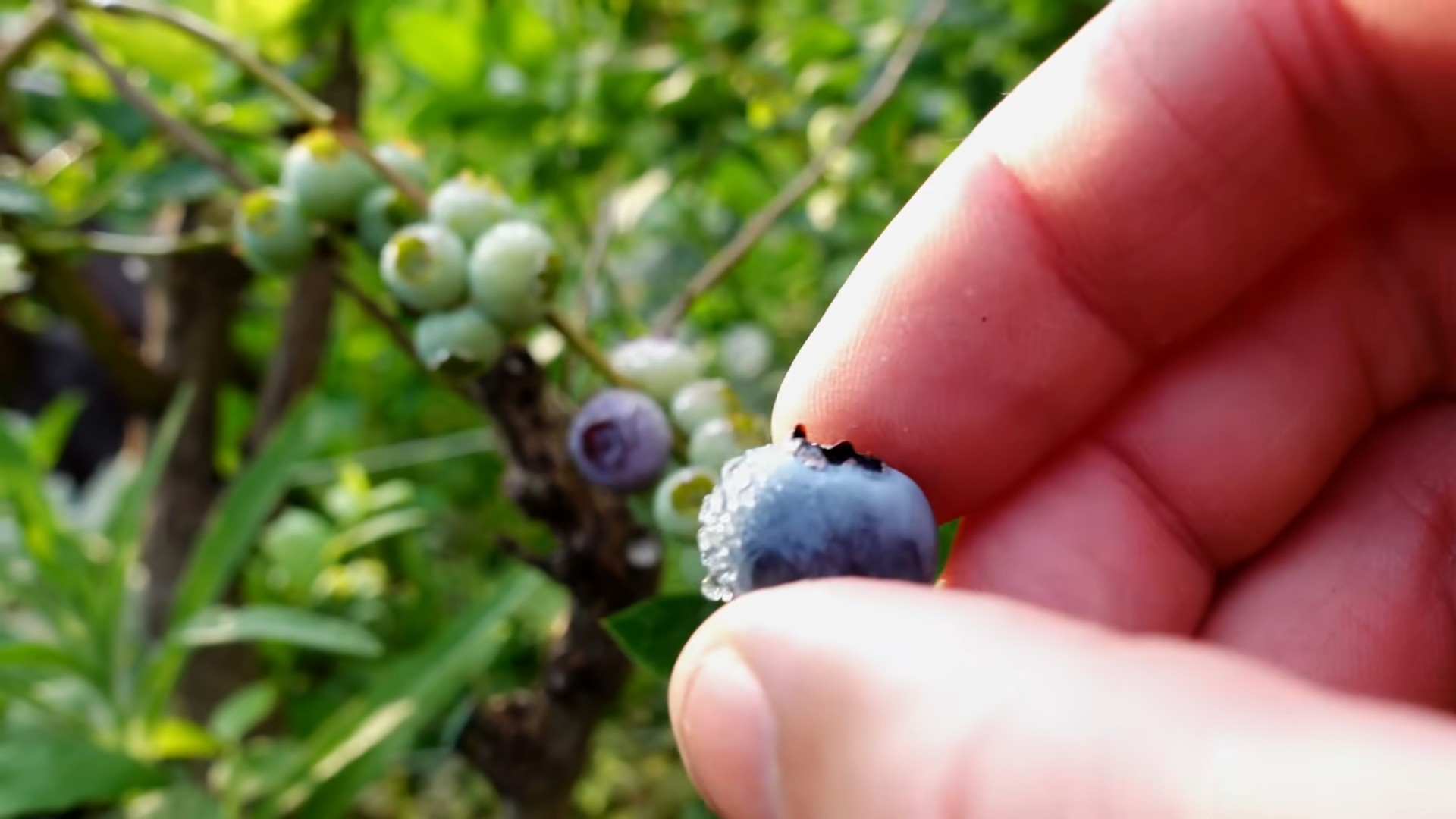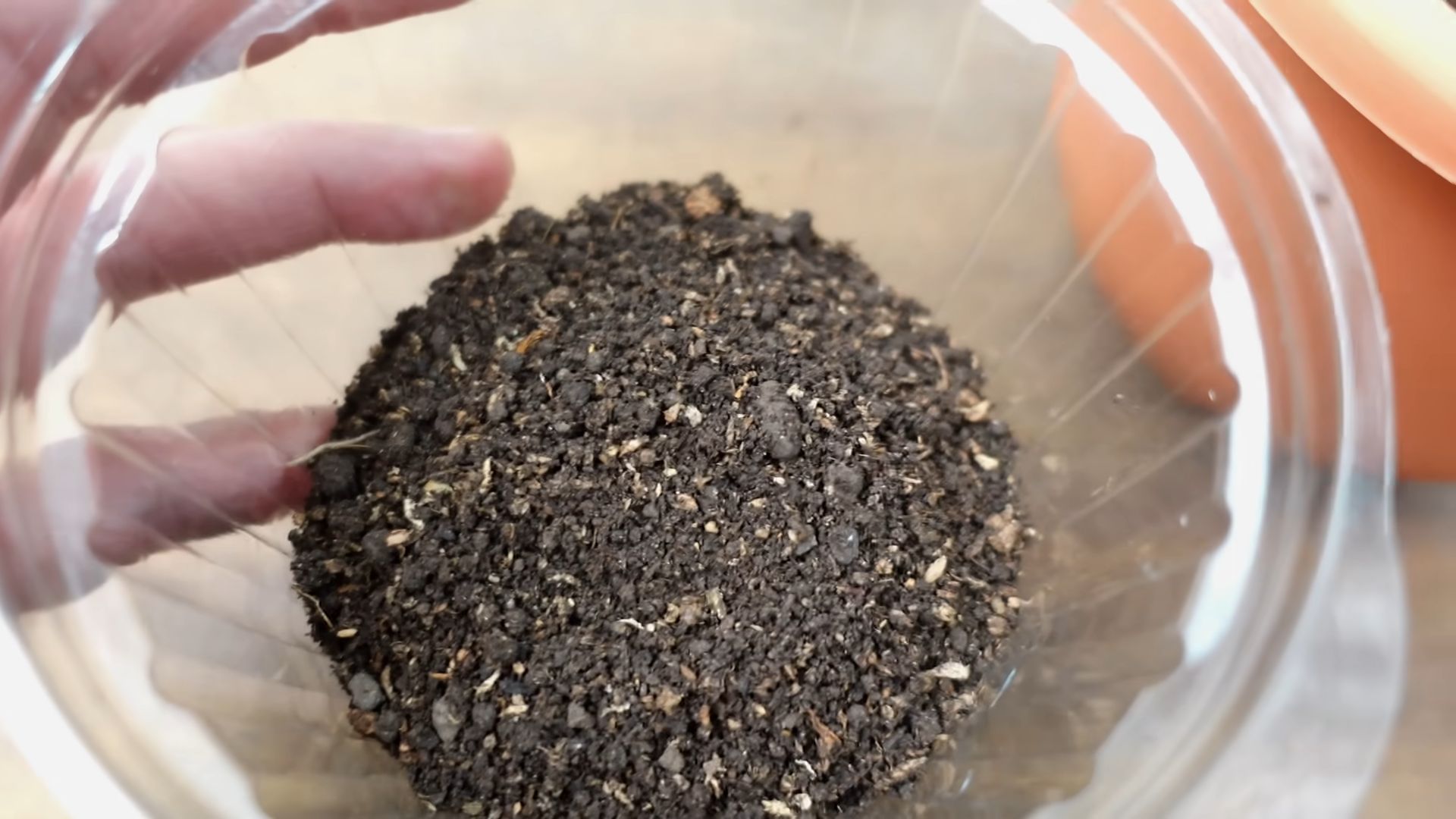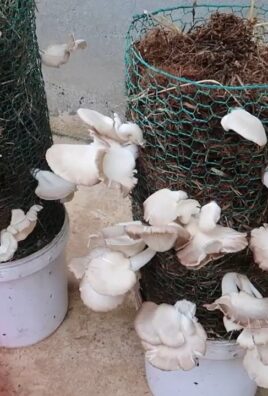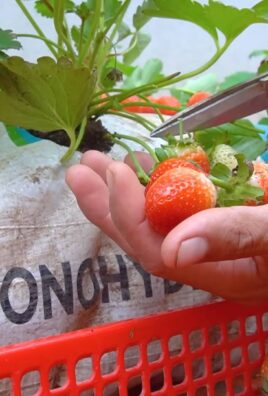Grow Blueberries at Home: Your Guide to a Bountiful Harvest
Growing blueberries at home might seem daunting, but I’m here to tell you it’s easier than you think! This article is your passport to a delicious and rewarding journey, filled with simple Grow Blueberries at Home tricks and DIY solutions that will transform your backyard into a blueberry paradise. Forget expensive grocery store berries – imagine biting into plump, juicy blueberries you’ve nurtured from tiny buds, bursting with flavor.
The cultivation of blueberries has a rich history, stretching back centuries. Native Americans were among the first to appreciate these little gems, recognizing their nutritional value and delicious taste. Today, growing your own blueberries is experiencing a resurgence, driven by a desire for fresh, healthy food and a growing interest in sustainable living. But let’s be honest, the thought of tending a blueberry bush can feel overwhelming. That’s why I’ve compiled these easy-to-follow Grow Blueberries at Home tips and DIY projects.
Why Grow Your Own Blueberries?
There are countless reasons to embark on this rewarding adventure! Beyond the sheer joy of harvesting your own fruit, homegrown blueberries are significantly tastier and healthier than store-bought ones. You control the growing process, ensuring no pesticides or harmful chemicals touch your berries. Plus, imagine the satisfaction of sharing your bountiful harvest with friends and family – a true testament to your green thumb!
So, are you ready to transform your gardening dreams into reality? Let’s dive into the practical tips and DIY projects that will help you successfully grow blueberries at home, ensuring a sweet and abundant harvest for years to come.

Growing Blueberries in Your Backyard: A DIY Guide
I’ve always loved the taste of fresh blueberries, but store-bought ones just don’t compare to homegrown. So, I decided to take on the challenge of growing my own blueberry bushes. It’s been a rewarding experience, and I’m excited to share my journey with you!
Choosing Your Blueberry Bushes
- Select the right variety: This is crucial. Blueberry bushes need specific soil pH levels to thrive. Northern highbush blueberries prefer acidic soil (pH 4.5-5.5). Southern highbush varieties tolerate slightly higher pH (5.0-6.0). Rabbiteye blueberries are more tolerant of warmer climates and slightly less acidic soil (pH 5.0-6.0). Check your local agricultural extension office or nursery for recommendations based on your region’s climate and soil conditions. They can tell you which varieties will do best in your area.
- Consider the size of your space: Blueberry bushes can grow quite large, so choose a variety that fits your available space. Dwarf varieties are a great option for smaller gardens. Check the mature size of the variety you choose before planting.
- Buy healthy plants: Inspect the plants carefully before purchasing. Look for strong, healthy stems, vibrant green leaves, and no signs of disease or pests. Choose plants that are at least 1-2 years old for better establishment.
Preparing Your Soil
Blueberries are picky about their soil. They need acidic, well-drained soil. Here’s how to get it right:
1. Test your soil pH: You can purchase a soil testing kit from most garden centers. This will give you an accurate reading of your soil’s pH. If your soil is not acidic enough, you’ll need to amend it.
2. Amend your soil: If your soil test reveals a pH above 5.5 (for northern highbush), you’ll need to lower it. The best way to do this is by adding organic matter like peat moss, composted pine bark, or aged sawdust. These materials will not only lower the pH but also improve drainage and soil structure. I usually mix in about 2-3 cubic feet of peat moss per bush.
3. Improve drainage: Blueberries hate wet feet. If your soil is poorly drained, you may need to amend it with sand or perlite to improve drainage. You can also create raised beds to improve drainage. Raised beds are particularly helpful if your soil is heavy clay.
4. Prepare the planting hole: Dig a hole twice as wide as the root ball of your blueberry plant and just as deep. This will give the roots plenty of room to spread out.
Planting Your Blueberry Bushes
1. Gently remove the plant from its container: Carefully loosen the roots if they are root-bound.
2. Place the plant in the hole: Make sure the top of the root ball is level with the ground.
3. Backfill the hole: Use the amended soil to fill the hole around the plant. Gently firm the soil around the base of the plant.
4. Water thoroughly: Give the newly planted blueberry bush a good soaking.
5. Mulch around the plant: Apply a 2-3 inch layer of organic mulch, such as pine needles or shredded bark, around the base of the plant. This will help retain moisture, suppress weeds, and regulate soil temperature.
Ongoing Care
Once your blueberry bushes are planted, they’ll need regular care to thrive. Here’s what you need to do:
Watering
1. Water regularly: Especially during dry periods, blueberries need consistent watering. Aim for about 1 inch of water per week. Water deeply and less frequently rather than shallowly and often. This encourages deep root growth.
2. Use a soaker hose or drip irrigation: This will help prevent leaf diseases that can occur with overhead watering.
Fertilizing
1. Fertilize in spring: Use a fertilizer specifically formulated for acid-loving plants. Follow the package directions carefully. Over-fertilizing can harm your plants.
2. Avoid high-nitrogen fertilizers: High nitrogen can lead to excessive leaf growth at the expense of fruit production.
Pruning
1. Prune in late winter or early spring: Remove any dead, damaged, or diseased branches. Thin out crowded branches to improve air circulation and sunlight penetration.
2. Remove suckers: Suckers are small shoots that grow from the base of the plant. Removing them will help focus the plant’s energy on fruit production.
3. Learn the proper pruning techniques for your specific variety: Different blueberry varieties have slightly different pruning needs. Consult a gardening guide or your local agricultural extension office for specific advice.
Pest and Disease Control
1. Monitor your plants regularly: Check for signs of pests and diseases. Early detection is key to effective control.
2. Use organic pest control methods whenever possible: Insecticidal soap or neem oil can be effective against many common blueberry pests.
3. Consult your local agricultural extension office for advice on specific pests and diseases in your area: They can provide tailored recommendations for your region.
Harvesting Your Blueberries
1. Harvest when the berries are plump and easily detach from the bush: Gently pull the berries from the stem.
2. Store your blueberries in the refrigerator: They will keep for several days. You can also freeze them for longer storage.
Troubleshooting
Yellowing Leaves
Possible Causes:
- Iron deficiency (common in alkaline soil)
- Nutrient deficiencies
- Root problems
Solutions:
- Apply iron chelate to correct iron deficiency.
- Conduct a soil test to identify other nutrient deficiencies and amend accordingly.
- Check for root damage and address any drainage issues.
Poor Fruit Production
Possible Causes:
- Insufficient sunlight
- Improper fertilization
- Lack of pollination
Solutions:
- Ensure your bushes receive at least 6-8 hours of sunlight per day.
- Use a balanced fertilizer specifically formulated for blueberries.
- Plant multiple blueberry bushes to ensure adequate pollination (blueberries often require cross-pollination).
Remember, patience is key. It may take a few years for your blueberry bushes to mature and produce a significant harvest. But the taste of those homegrown blueberries will be well worth the wait!

Conclusion
So there you have it! Growing your own blueberries at home, once considered a daunting task, is now within everyone’s reach. This DIY approach offers a rewarding experience, connecting you directly with nature’s bounty while providing delicious, healthy fruit. The satisfaction of harvesting your own homegrown blueberries is unparalleled, far surpassing the taste and quality of store-bought berries. This method, focusing on proper soil preparation, careful plant selection, and consistent care, ensures a bountiful harvest year after year. You’ll not only enjoy the sweet taste of success but also contribute to a more sustainable lifestyle by reducing your carbon footprint associated with commercially grown and transported produce. This simple yet effective DIY trick transforms your backyard into a productive and aesthetically pleasing space, adding a touch of rustic charm and the promise of sweet, juicy blueberries.
Beyond the basic method outlined, there are numerous exciting variations you can explore. Consider experimenting with different blueberry varieties to extend your harvest season. Some varieties are early-season bloomers, while others produce fruit later in the summer, allowing for a continuous supply of fresh blueberries. You could also explore different planting methods, such as using raised beds or containers, which are particularly beneficial for areas with poor soil drainage. For those with limited space, container gardening offers a fantastic solution, allowing you to grow blueberries even on a balcony or patio. Remember to choose containers that are at least 12 inches deep to accommodate the blueberry plant’s root system. Furthermore, you can enhance the aesthetic appeal of your blueberry patch by incorporating companion plants, such as herbs like thyme or rosemary, which can deter pests and attract beneficial insects.
We strongly encourage you to embark on this rewarding journey of growing your own blueberries. Share your experiences with us! Post pictures of your thriving blueberry bushes and delicious harvests on social media using the hashtag #GrowBlueberriesAtHome. We’d love to see your progress and celebrate your success. Don’t be afraid to experiment and adapt the techniques to suit your specific environment and preferences. The beauty of this DIY approach lies in its adaptability and the sheer joy of nurturing life from seed to fruit. Remember, even small spaces can yield a significant harvest with the right approach. So, grab your gardening gloves, prepare your soil, and get ready to experience the unparalleled satisfaction of harvesting your own homegrown blueberries. The sweet taste of success awaits!
Frequently Asked Questions
What type of soil is best for growing blueberries?
Blueberries thrive in acidic soil with a pH level between 4.5 and 5.5. Regular garden soil is typically too alkaline. You can amend your soil by adding peat moss, pine bark, or other organic matter to lower the pH. Soil testing kits are readily available to help you determine your soil’s pH and adjust accordingly. Consistent monitoring of soil pH is crucial for optimal blueberry growth.
How much sunlight do blueberry bushes need?
Blueberries require at least six to eight hours of direct sunlight per day to produce a bountiful harvest. Choose a location in your yard that receives ample sunlight, preferably a south-facing area. Insufficient sunlight can lead to reduced fruit production and weaker plants.
When is the best time to plant blueberry bushes?
The ideal time to plant blueberry bushes is during the dormant season, typically in late fall or early spring, before new growth begins. This allows the roots to establish themselves before the plant experiences the stress of active growth. Avoid planting during periods of extreme heat or cold.
How often should I water my blueberry bushes?
Consistent watering is essential, especially during dry periods. Aim to keep the soil consistently moist but not waterlogged. Overwatering can lead to root rot, while underwatering can stress the plant and reduce fruit production. Mulching around the base of the plants helps retain soil moisture and suppress weeds.
What are some common pests and diseases that affect blueberry bushes?
Blueberries can be susceptible to various pests and diseases, including aphids, spider mites, and fungal diseases like anthracnose. Regular inspection of your plants is crucial for early detection. Organic pest control methods, such as insecticidal soap or neem oil, can be effective against many common pests. Proper sanitation and good air circulation can help prevent fungal diseases.
Can I grow blueberries in containers?
Yes, absolutely! Container gardening is a great option for growing blueberries, especially if you have limited space. Choose large containers (at least 12 inches deep) with drainage holes to prevent root rot. Use a well-draining potting mix specifically formulated for acid-loving plants.
How long does it take for blueberry bushes to produce fruit?
The time it takes for blueberry bushes to produce fruit varies depending on the variety and growing conditions. Generally, it takes two to three years for newly planted bushes to start producing a significant harvest. Patience is key! Once established, blueberry bushes can produce fruit for many years.
What should I do with my blueberry harvest?
The possibilities are endless! Enjoy your fresh blueberries straight from the bush, use them in pies, jams, muffins, smoothies, or simply add them to your morning yogurt. Freezing is a great way to preserve your harvest for later use. Consider sharing your bounty with friends and family – it’s a delicious way to share the joy of homegrown goodness.




Leave a Comment